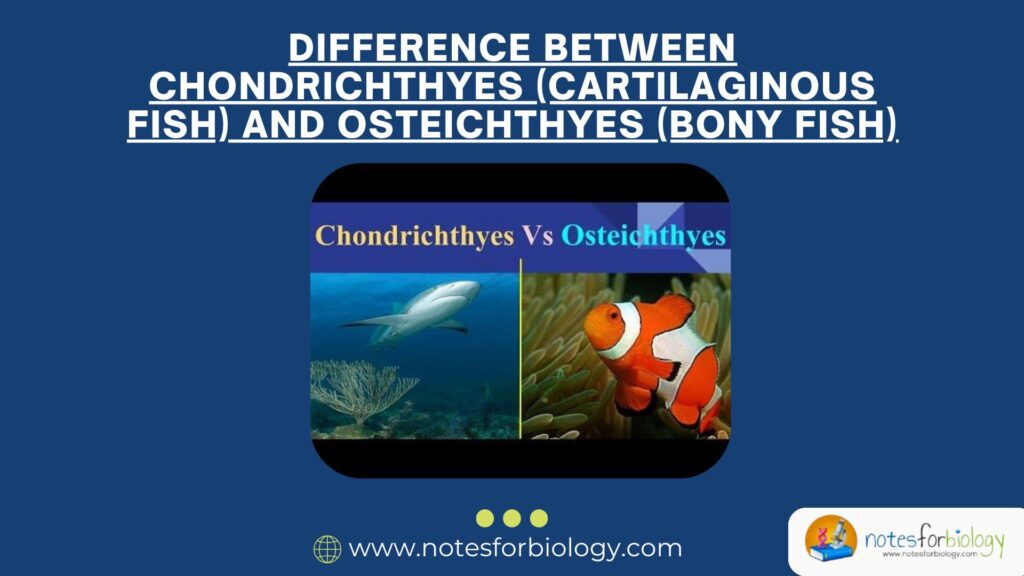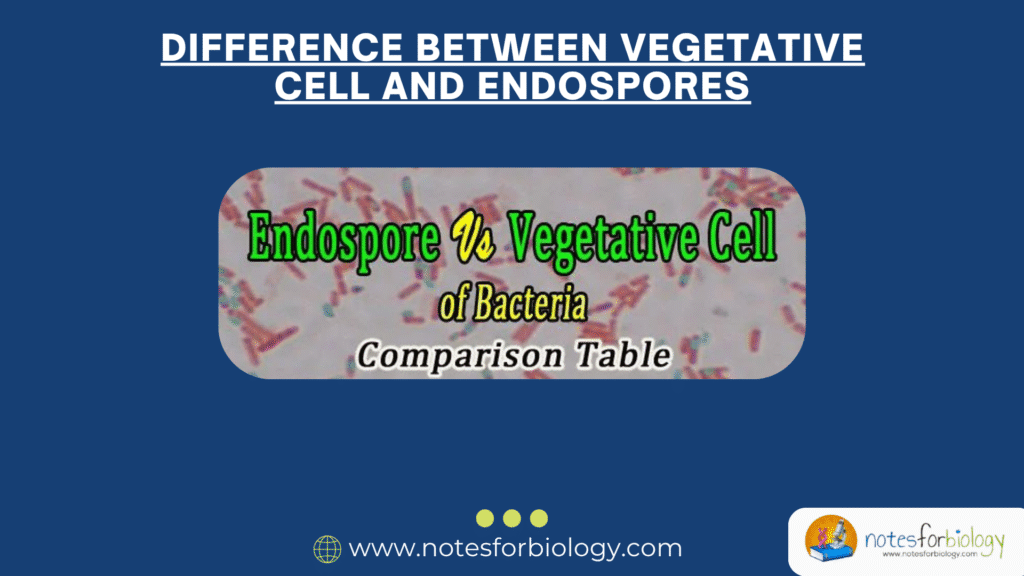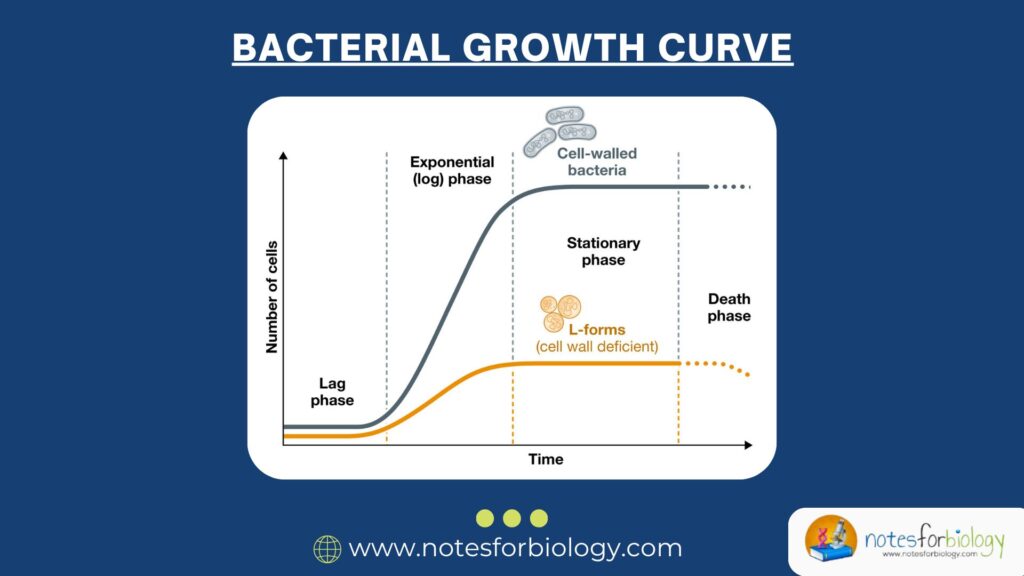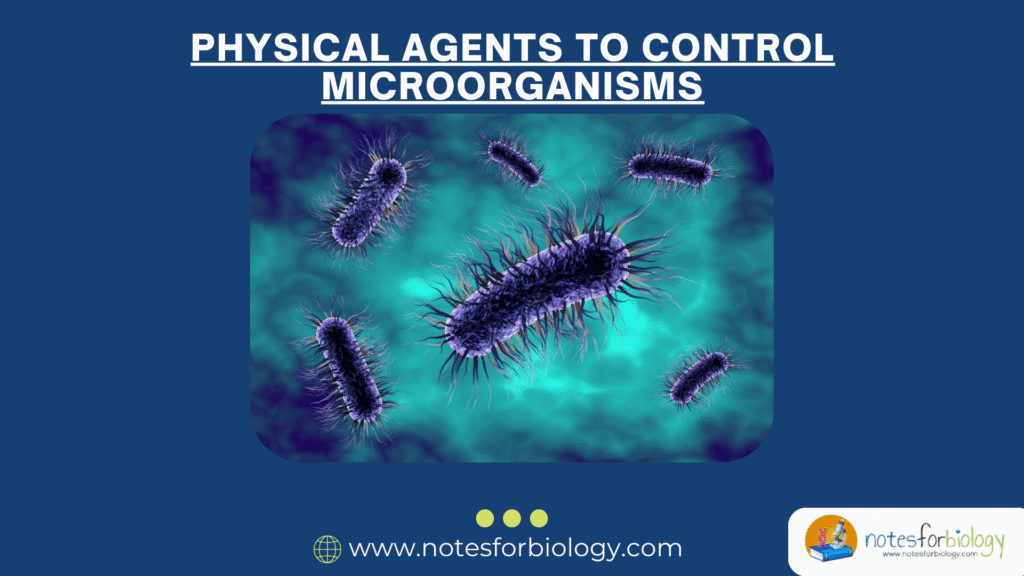Translation in Prokaryotes
Prokaryotes are simple, single-celled organisms that do not have a nucleus or other membrane-bound organelles inside their cells. Their DNA floats freely in the cell, and they include organisms like bacteria and archaea. They are among the oldest and smallest forms of life, but they play very important roles in nature and human health. Life […]










